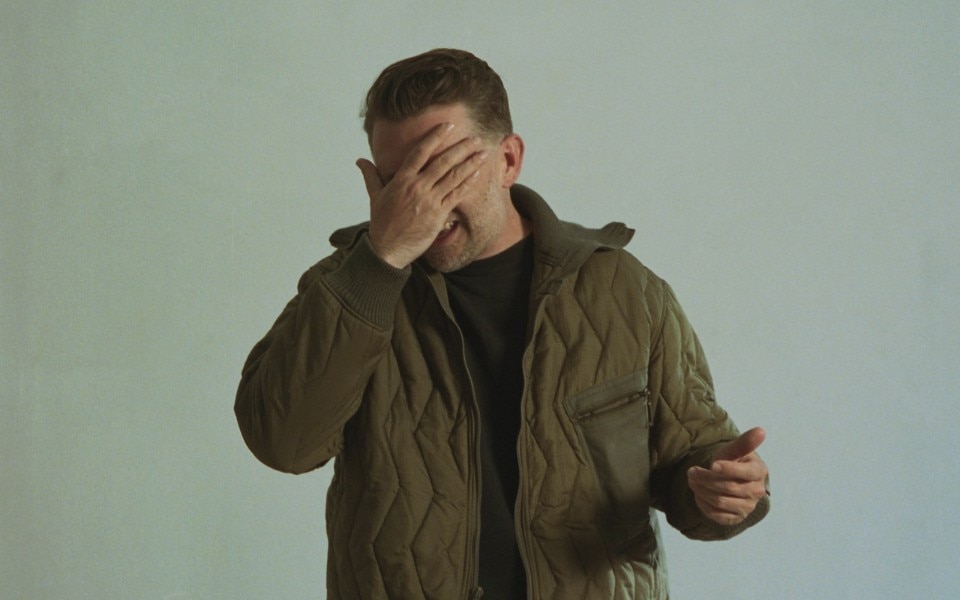At the beginning of my conversation with Willo Perron there is a moment of stall. The screen gasps, frozen, and the shy introductory words get lost. There is a corner of Canadian-born, LA-based creative director’s house where the internet connection is weak, which is reassuring. It is indeed heart-warming to apprehend that even one of the most influential creatives in the globe is affected by the same issues us, mortals, face daily.
Apart from that, Willo looks like you’d expect him to: effortlessly cool. Sitting in a heavy (probably organic) cotton white crew-neck tee, a sophisticated mug in his hands and a patient, charming smile on his face, he could be your friend’s hip dad. He could be that kind of parent who, out of the blue, would surprise his kids’ pals by picking an original copy of De La Soul ‘Three Feet High and Rising’ or a scuffed original pair of Jordan’s out of the closet, proving them, not without a healthy dose of pride, that he’s been young and snazzy too. In all fairness, Willo – despite trying to persuade me that he leads a “totally normal life, with no paparazzi or anything like that” – has been through all of that and he still is – now more than ever – all over the pop culture that matters. Thus, it doesn’t surprise if halfway through our conversation he starts mentioning Beastie Boys and 1980s American club culture.
Willo, in fact, cut his teeth running record shops and labels, throwing parties and designing flyers in his native city, Montreal, Canada, before being introduced to Kanye West in 2006 and starting, step by step, to take over the American pop culture, first solo and then in partnership with graphic designer Brian Roettinger since their 2011 collaboration on Jay-Z's album ‘Magna Carta'.
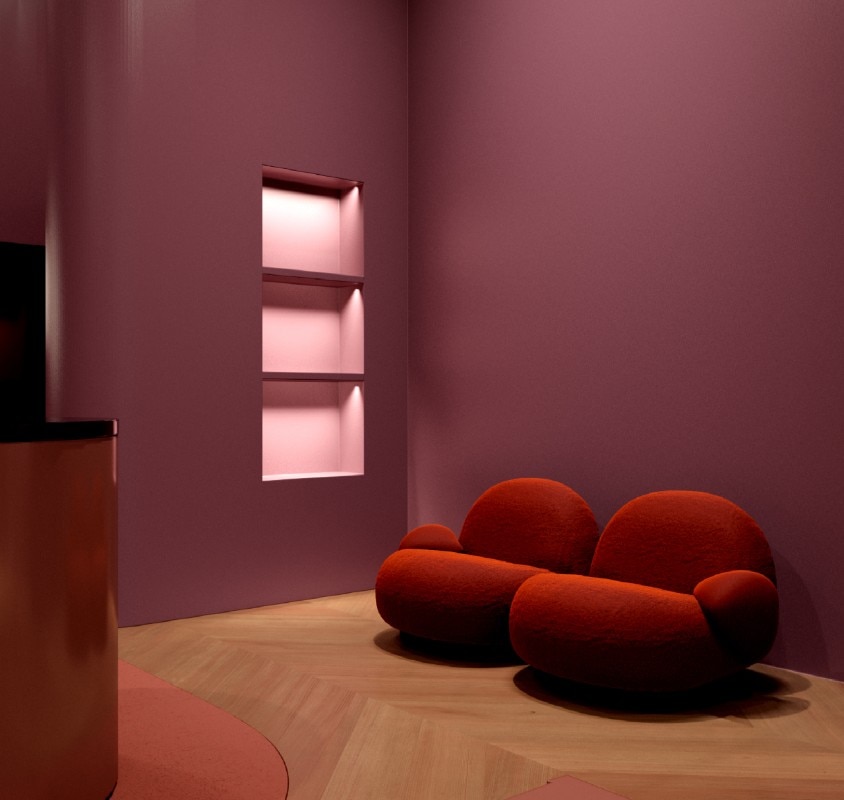
The importance of awareness for the evolution of pop culture
However, his latest work, the interiors of lingerie brand Fleur Du Mal store in Los Angeles has led him back to his roots. The firm’s founder Jennifer Zuccarini hails from Canada too, a condition that led the two of them to work together. The Fleur Du Mal project highlights how pivotal brand awareness and a certain synergy with the commissioner are when it comes to giving birth to a creative vision.
“I have known Jennifer for a very long time because she lived in Montreal, which is where I grew up. I know her energy and what she is about. At this point of my career, I can say I’m lucky enough to choose who to work with. However, generally, every time we take on a project we research and study a brand, so that we show that we understand the audience and who’s going to interact with what we are deciding. It’s about narrowing the language. It’s usually about asking ourselves ‘How can we just make something better, more polished?’ It is not really about changing the brand or the product completely,” explains Perron.
What mostly concerns Perron – and, simultaneously, makes his studio to stand out – is “the importance of not just working on a singular aesthetic, but to develop a whole concept,” as demonstrated by the Grammy awarded for the visual identity of St. Vincent’s album ‘Masseduction’. This thorough approach can be indeed traced in the Fleur Du Mal store’s lavish and enigmatically seducing interiors, spaces that are permeated by a 21st Century update of an aesthetic that awakens memories of the kinky elegance of 1970s softcore films. Perron’s direction highlights how he is sublime at orientating himself in the untamed jungle of references that post-modern society is.
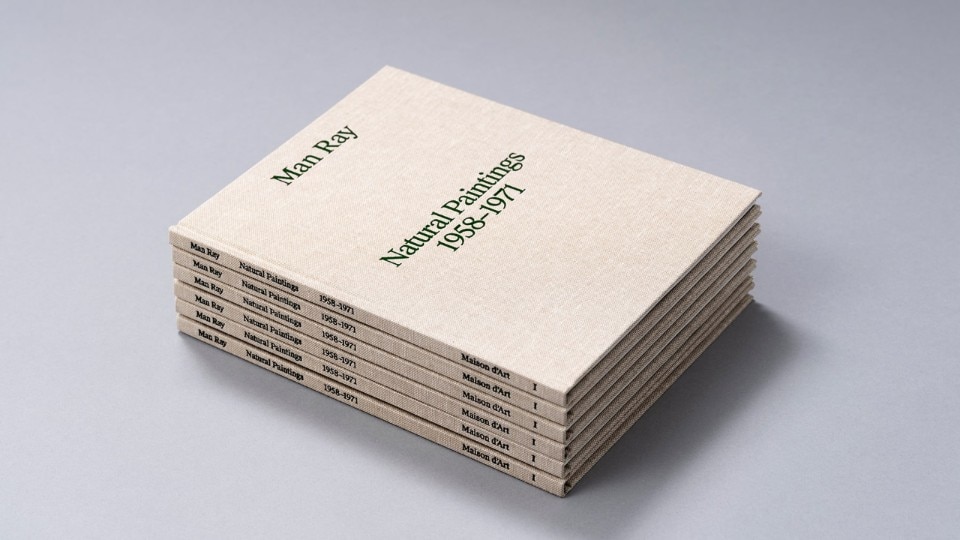
You don’t have to be a genius to sort your references, we can see the cycles very clearly. Now a lot of references lie in post-modernism, and right before that it was modernism, mid-century, and so on. However, the important thing is that when you take a few items, hybrid them, remix them, you consider that there are new materiality and construction techniques
“It’s important that it is not a one-to-one process, making remakes just for the sake of it. For example, you have these wonderful French mid-century chairs, but they’re awful to sit on. The great thing about things being cyclical is that we get a second crack at them. You can make objects look both good and ergonomic instead of just having an aesthetically pleasing Instagram feed-like stream of references, like a cool blog, because in that case the use of references gets lost into caricatures. You know, like people who just want to dress according to the ‘70s or ‘80s style. Things risk getting lost in one-to-one references.”
Multitasking but specialised: the creative of the future
For those not familiar with Willo’s work, it may come as a surprise to realise how broad the range of his clients is and, as a consequence, of his references. Within less than two decades the Canadian creative has gone from nodding to High Tech architecture when designing American Apparel store interiors and influencing with it a generation of savvy indie kids, to shaping the aesthetics of a new one by working on the live production for rapper Travis Scott. It comes therefore spontaneous to assume that the key to Willo’s string of successful creations lies in his ability to simultaneously run a plethora of projects from different customers and concerning fields as different as furniture design and album artworks. However, despite Perron sees multitasking as a structural necessity of the creative of the future, being multi-genre is something that takes a greater degree of skills.

I intentionally push myself to understand the full depth of the people I work with, like the subtle quietness of The XX, the post-modern new opulence of Drake, or the tormented artistry and the performative nature of Kanye [West], but I understand that’s not for everybody.
"I am no specialist at everything, so I really admire people who are f***g good at everything,” jokes Perron, “I think all designers are going to become more multidisciplinary mostly because the technical side of things is not as prohibitive as it was for older generations. A single person can now shoot a video, do some graphics on the laptop, take photos, send a t-shirt to print and then drop it the next day. Before, all these steps required specific skills that are now really easy to acquire.
“However, I believe that creators will be multi-tasking, but not multi-genre because it takes a lot of actual experience and understanding. In the case of our studio, for example, we are now used to working on something very mainstream and then also on something more subtle and quiet. In the end, though, it is also about the trust you receive from people.”
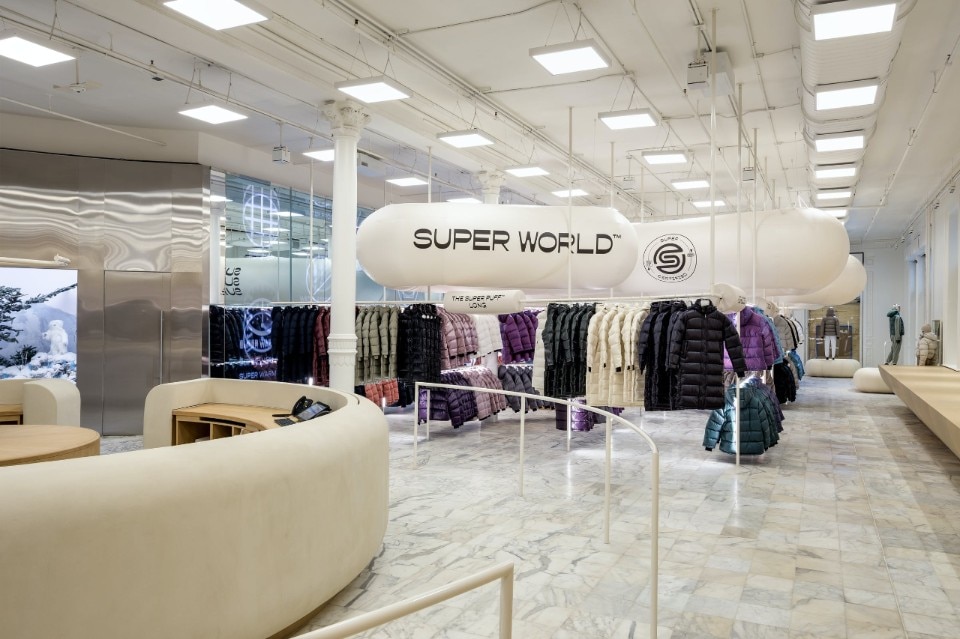
The end of the hybrid culture
Being a creative able to surf across genres, trends and disciplines has indeed been Willo’s ace in the sleeve. Come 2021, the borders between musicians, clothing brands and even pornography providers (like Perron’s client Pornhub) have turned fluid, to the point not only creatives, but consumers too, see these fields as interchangeable players dialoguing on the same level. Perron, though, is sure that the cross-genre attitude permeating contemporary culture is coming to its end.
“When I started it was all about copying videos from artists, fashion items, pieces from designers and do versions of them. So, my early stride with Kanye and [Lady] Gaga would be about bringing together music with legitimate high art and fashion. My point was ‘Let’s not copy things, we can’t do an illegitimate version of something. If we’re influenced by an artist, let’s call the guy!’ It’s one more ego and one more opinion in the room, but we will get a much better end result,” says Perron, “What you see is that from that moment on the fashion industry and high art elitist approach eventually became more hybrid.
This hybrid culture of art forms, though, is now coming to an end for me. I think artists will start going back to their own corners because there are no more identifiable things holding individual opinions. Take fashion: outerwear looks like streetwear, which looks like sneakerwear or formalwear. We’re losing any form of legitimacy within that industry.

This very same trend, according to Perron, will soon extend to the whole creative industry, including music, where he predicts that artists are heading back to “a phase of pure scenes, like it happened in the early-mid ‘90s when rap was rap, grunge was grunge, house and techno were their own niche, and so on.
“The latest years, on the contrary have resembled more the late ‘80s when you’d have Blondie making features with Grand Master Flash, or Madonna hanging out with Beastie Boys,” explains Perron with the passion of a teenager still deeply invested in pop culture, “Everybody was hanging out together, like it happened at the Studio 54. That’s what has just been happening to culture now.”
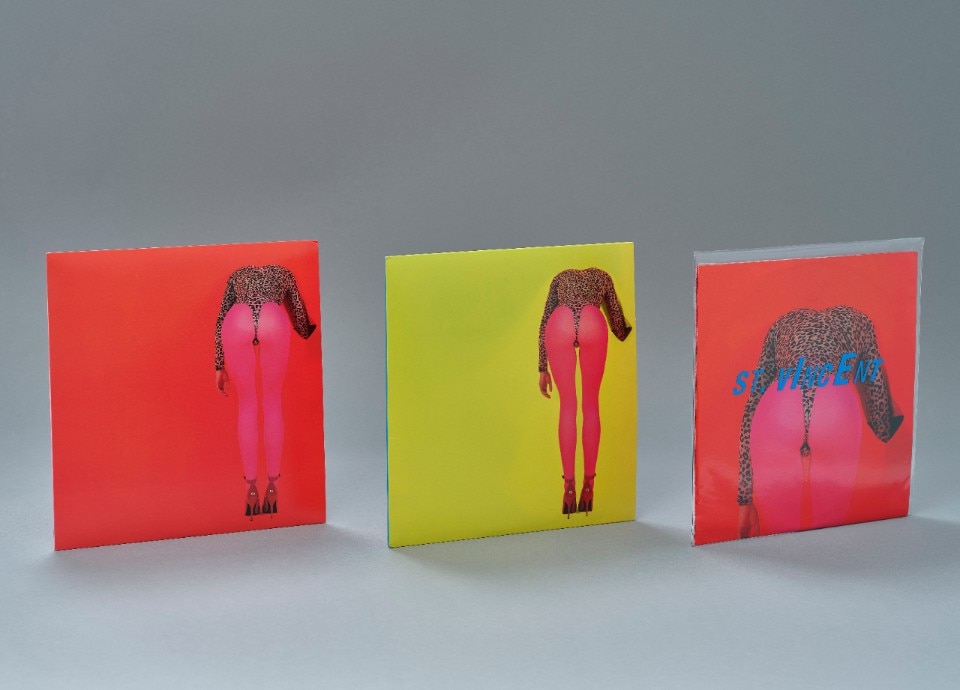
Brand and artists as microcosmos
Nonetheless, this hybrid and extremely versatile approach to pop culture has represented Perron’s fortune in the creative industry. At this point, though, we could question whether Perron's creations are the mere result of surfing trends and whether it is possible to trace an organic and authentic trademark in his works.
The answer seems to come from the passionate way he talks about youth phenomena; a topic Perron is invested in with the same dedication of a sociologist. Capturing the zeitgeist and evolving one's style and field of action according to the ever-changing trends and pop culture cycles, therefore, stands out as the necessity of a successful creative director. It is indeed the ability to understand shifting scenarios and adapting to them – even by heading in different directions to those previously taken – what mostly makes the difference in Perron's field.
There were gatekeepers back then, so if you were curious you had to immerse yourself completely into whatever universe you wanted to explore. [...] We respected the subtleness of the microcosmos and that for me became the artists, the brands, these little pockets of things.
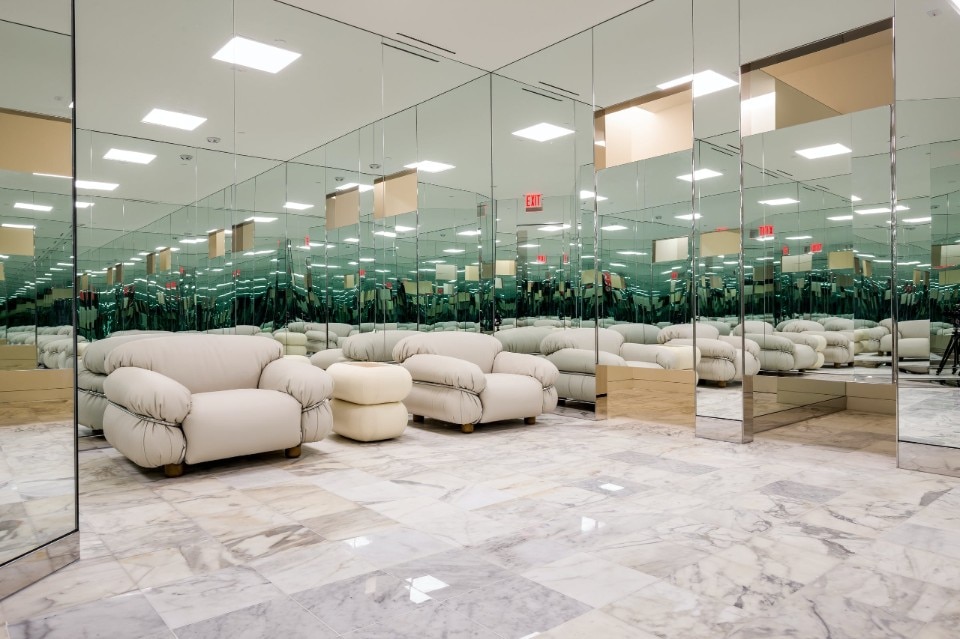
“I grew up in an era with loads of microcosmos, and you had to understand them fully to be able to access them, otherwise you were an outsider. Hip Hop was just getting its legs, Punk Rock was too and so was skating culture. Dance music was morphing into House and Techno, the gay clubs were just starting.
"There were gatekeepers back then, so if you were curious you had to immerse yourself completely into whatever universe you wanted to explore. You couldn’t just get in a shop and get whatever record you wanted; they would keep the good ones for the people they linked with. You had to know the right people, and same was with the clubs. You couldn’t get in if you didn’t look the part. We respected the subtleness of the microcosmos and that for me became the artists, the brands, these little pockets of things. For example, Florence [Welch, leader of Florence + The Machine] is a microcosm.”
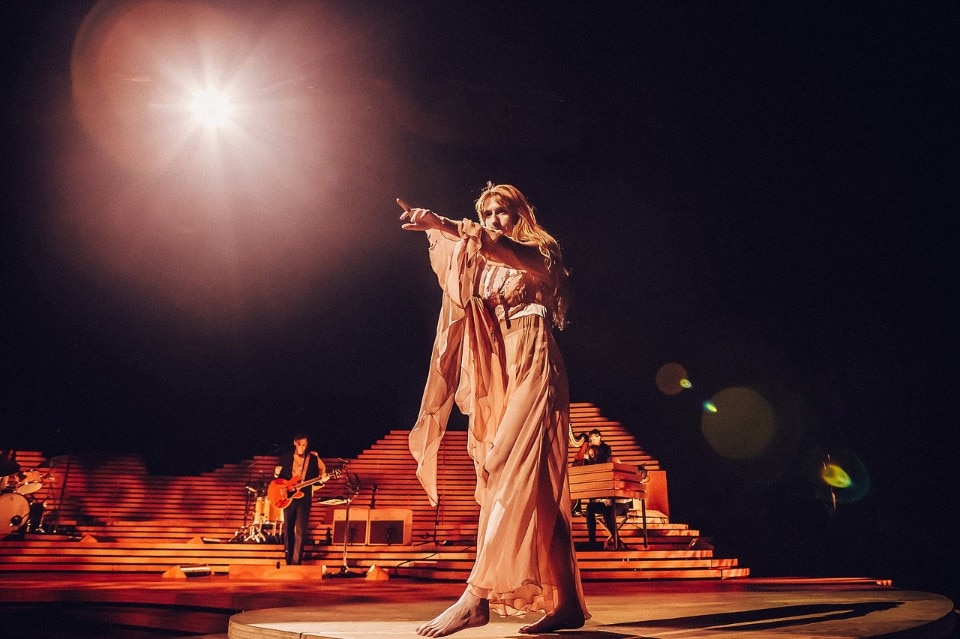
The global influence of Perron's work
Surely, what can’t be described as a microcosm is the American market Willo operates in. Working on image of arena shows like Rihanna’s or on the shop identity of brands like Stussy can have a devastating cultural and financial impact on a global scale. To a certain extent, this could even raise broader ethics questioning on how the work of a single creative, deeply engrained in the American way of life and pop culture, can shape an international audience.
What we do sometimes predominantly turns into PR-Art, where the work becomes a news item rather than an actual money-generated retail space. I understand it is a bizarre economy, but I benefit from it because we get to play around, be more exuberant and have bigger budgets.
“I was thinking just a couple of days ago about the permission and budget we get to work with here are massive. The clients and brands that we deal with spend their money here, in America, yet they are meant to have a residence and echo into the entire world.
“For instance, we are currently working on a pop-up store and this wouldn’t exist in secondary markets. What we do sometimes predominantly turns into PR-Art, where the work becomes a news item rather than an actual money-generated retail space. I understand it is a bizarre economy, but I benefit from it because we get to play around, be more exuberant and have bigger budgets.”
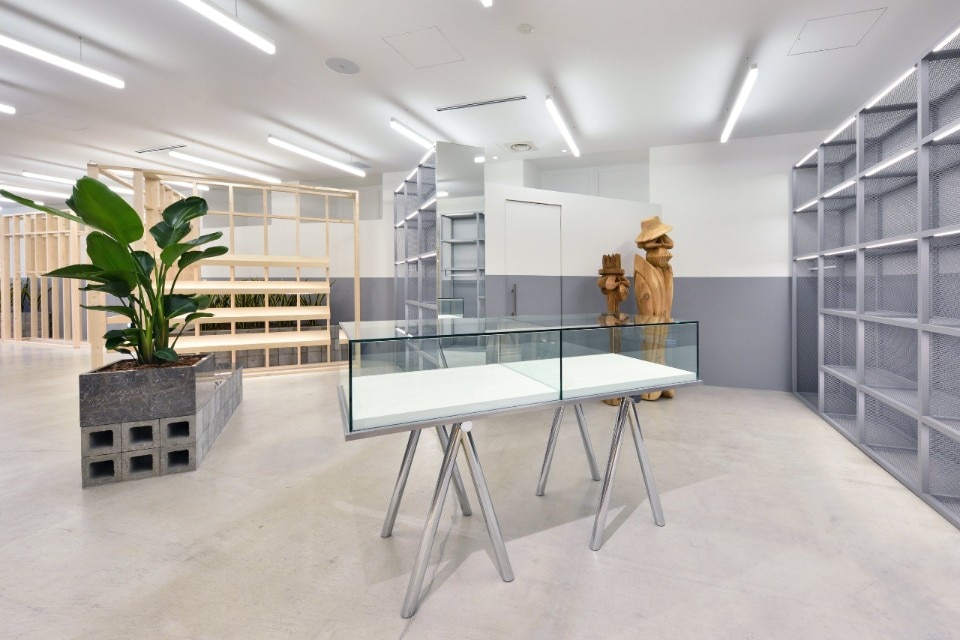
Once again, Perron’s passionate attitude – mirroring that of a pure at heart teenager who for the first time finds himself staring in awe at all the strobe lights and raw energy coming off a stage – comes up.
“I don’t know if I have ever realised the impact of all I do on reality, it always felt very small to me. It always felt like it was us, doing cool shit and having a good response. When it comes to responsibility, I tend to take things and make a better version of them. It is the same attitude I use when attacking a project.”
Quality and intimacy at the core of the post-Covid
One can definitely tell the optimism that lies in the Canadian, even when talking about the way Covid has so far impacted its business and how it’ll structurally influence it in the months to come. According to Perron the future of live entertainment – similarly to that of the creative industry as a whole – lies in taking a step back, by rethinking about having to necessarily nod to many fields at the same time, hence by being able to create something meaningful even in more intimate situations.
Covid has no doubt had an impact on the size of live productions, but you also have to consider that people tend to entertainment in difficult circumstances.
“Covid has no doubt had an impact on the size of live productions, but you also have to consider that people tend to entertainment in difficult circumstances. So, apart from that we’ve been busy as usual. I think that after a year and a half spent watching Netflix in joggers, young people will want a new perspective on life. I am sure they will die for dressing up and showing off again. They’re going to go bananas!”
Opening image: creative director Willo Perron in his Los Angeles studio. Photo: Amanda Charchian


